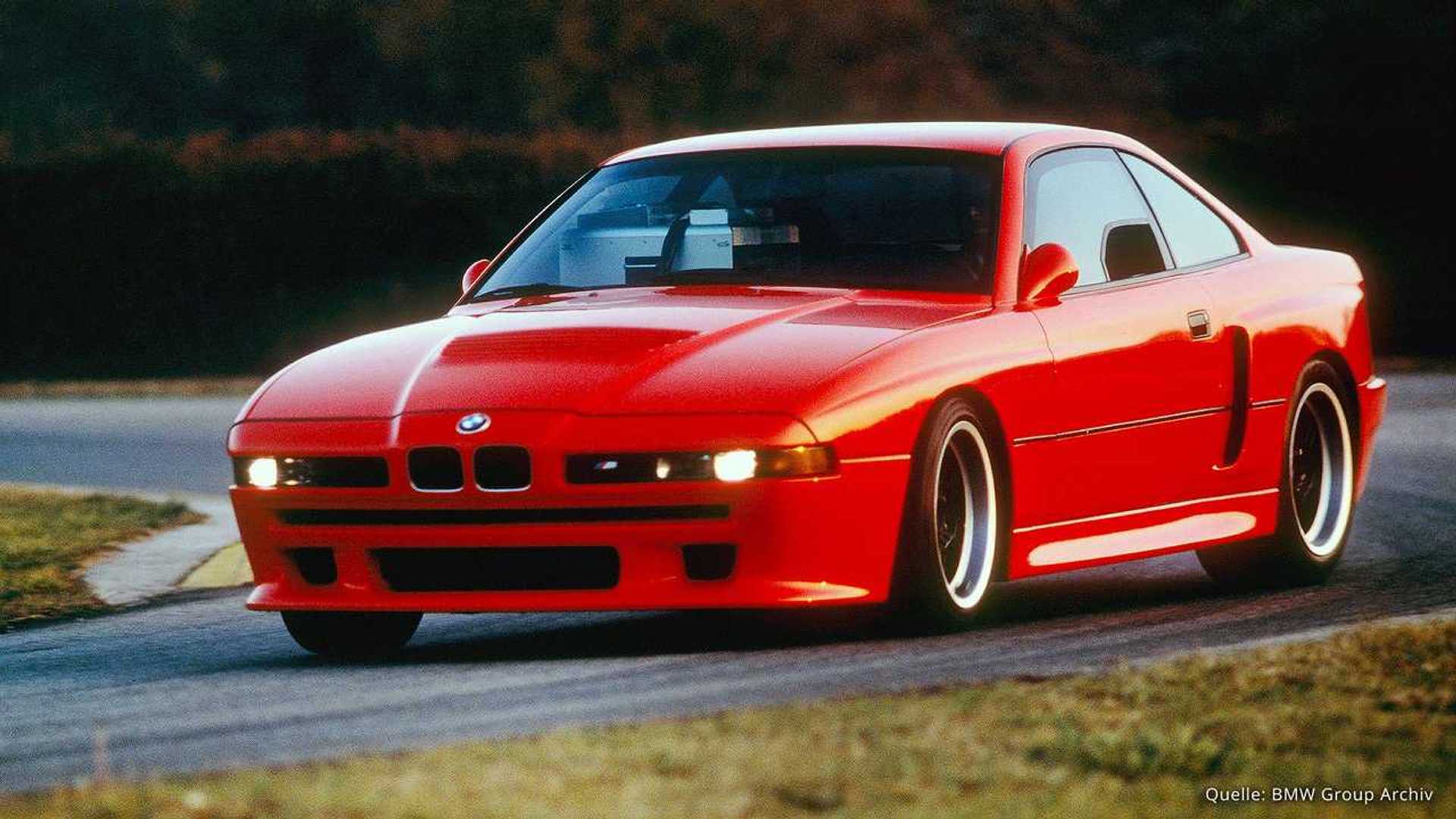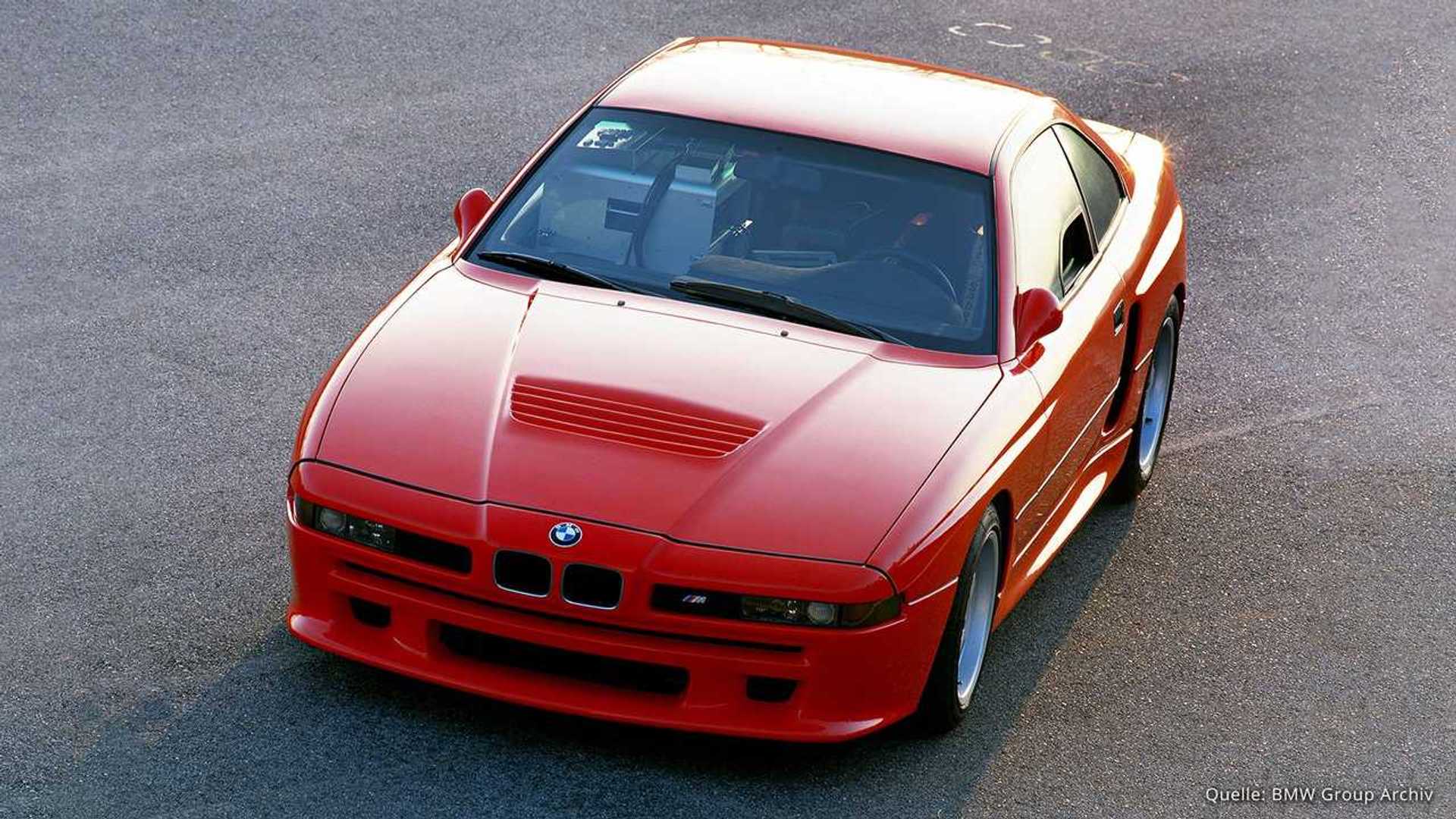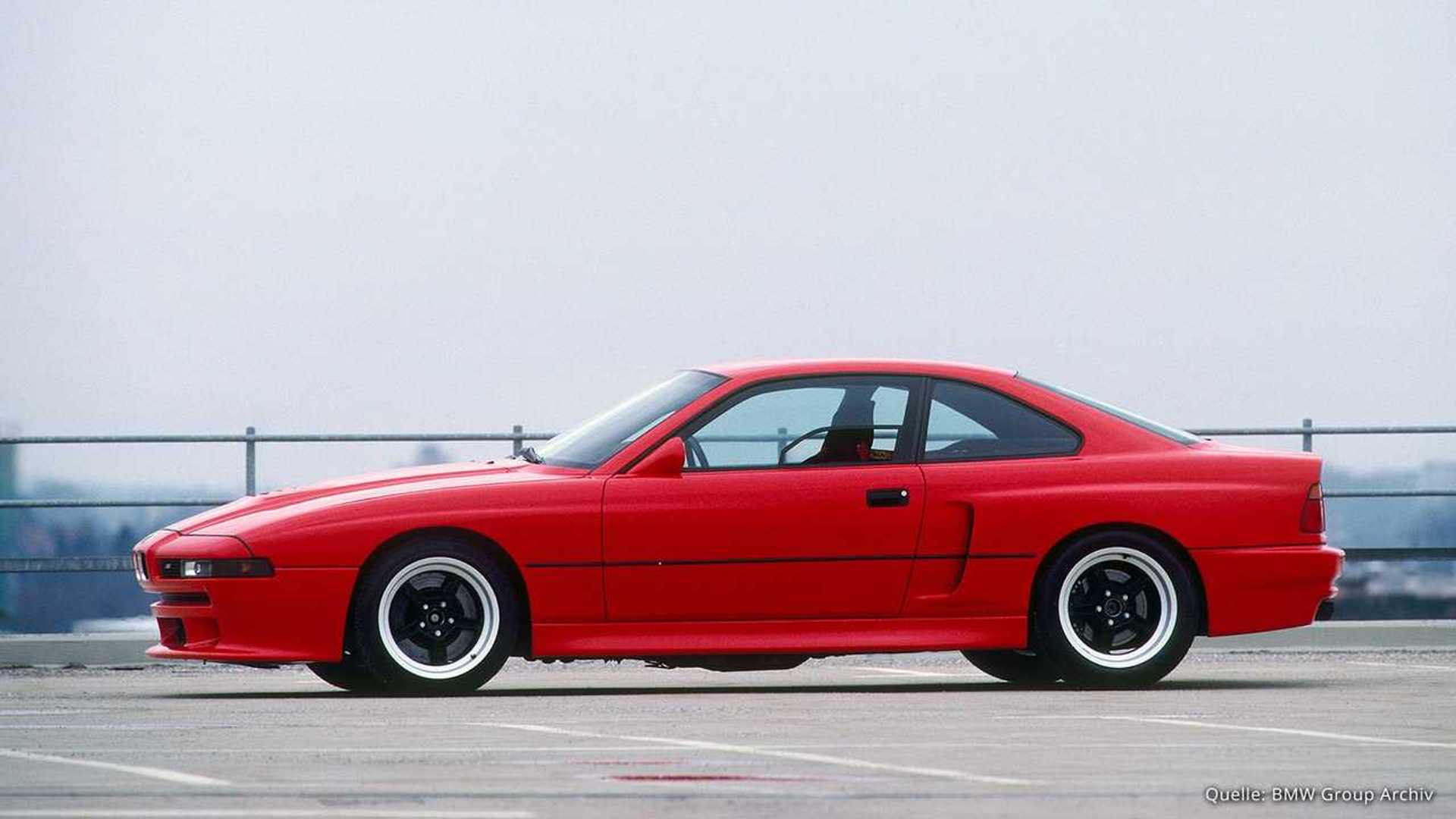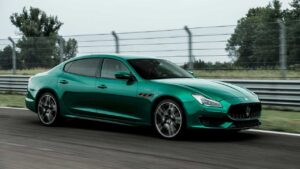The First V12 and Six-Speed Manual Production Car
Fast forward almost 30 years later, and the reintroduced 8 Series is ready to make its grand return, poised to redefine luxury and performance.The iconic BMW 8 Series first made its debut in 1989 as a pioneer in advanced design and revolutionary technology. Despite its impressive qualities, the luxurious tourer struggled to gain popularity and went largely unnoticed. Now, nearly three decades later, the relaunched 8 Series is prepared to reclaim its spotlight and revolutionize the standards of opulence and driving capabilities.
Introducing Timeless European Gems, our regular retrospective of iconic cars from the European market that shaped a generation of drivers.
The BMW 8 Series garnered praise for its impressive enhancements in performance compared to the previous 6 Series. Boasting a sleek drag coefficient of only Cd=0.29 (compared to 0.39 for the 6 Series), a V12 engine mated with a six-speed manual gearbox, and innovative electronic drive-by-wire throttle control, it revolutionized the standards within its class. The unibody structure, designed with CAD technology, resulted in a lighter weight than its predecessor, creating a one-of-a-kind driving sensation. Car aficionados highly value its lavish amenities and groundbreaking technological advancements that signified a new era for the brand.
In the summer of 1981, work on the BMW 8 Series commenced, and after five years, in 1986, the finished design was revealed. This model stood out as it was among the first BMW vehicles to incorporate CAD illustrations in its creation, followed by aerodynamic testing in a wind tunnel. Despite initial plans for an earlier release, the launch had to be postponed in order to accommodate the continued success of the 6 Series, which was seen as a forerunner to the 8 Series. The highly anticipated premiere finally took place at the Frankfurt Motor Show in September 1989.
The 8 Series represented a significant achievement by being the initial road car to feature a V12 engine paired with a six-speed manual transmission. Additionally, the engine lineup boasted 4.0- and 4.4-liter V8 options. Over the course of its production, there were three variations of the V12 available, ranging from 5.0 to 5.6 liters in displacement.
Regrettably, the sales of the initial 8 Series were affected by a combination of economic circumstances. The worldwide financial downturn in the early 1990s, the Persian Gulf War, and surges in energy costs all had an impact on the demand for luxury vehicles. As a result, BMW halted production of the 8 Series in North America in 1997, with a disappointing sale of only 6,920 cars. Nevertheless, the production continued in other global markets until 1999, resulting in a total of only 30,609 units sold globally. With such dismal sales figures, the ambitious plans to release a high-performance M8 variant in 1991 had to be abandoned.
During the 1990s, BMW came up with a bold idea to create the M8 as a direct competitor to Ferrari. This involved revamping the S70 engine and increasing its displacement to 6064cc. The modifications also included adding dual overhead camshafts for each cylinder bank, installing individual throttle bodies with roller valves, using four valves per cylinder, utilizing carbon fiber intake manifolds, and introducing continuously variable valve timing. It was expected that the M8 would have a maximum speed of 198 mph and produce an impressive output of 640 horsepower and 479 pound-feet of torque, surpassing the power of today’s M8 Competition.





Further enhancements included changes to the bodywork, such as a fresh front bumper, revamped wing mirrors, increased flaring of the wheel arches, and an added vent on the hood. Keeping a strong emphasis on reducing weight, certain parts of the vehicle were produced using glass-fiber reinforced plastic, including the hood, doors, and trunk lid. The overall curb weight was diminished to under 3,200 pounds by implementing carbon fiber wheels and eliminating the back seats. In addition, installing Lexan windows and moving the oil reservoir to the trunk also played a significant role in shedding weight from the car.
Unfortunately, BMW’s grand venture, the M8 initiative, ultimately faced its downfall as a result of the automaker’s belief that there was insufficient demand for it during the bleak economic climate of the 1990s. The single surviving model, purportedly deemed impractical for everyday driving, was placed in storage in BMW’s private collection.







The very core of your writing while appearing agreeable initially, did not really work properly with me after some time. Somewhere within the paragraphs you actually were able to make me a believer but only for a short while. I still have a problem with your leaps in logic and you would do nicely to fill in all those gaps. In the event you actually can accomplish that, I would undoubtedly be fascinated.